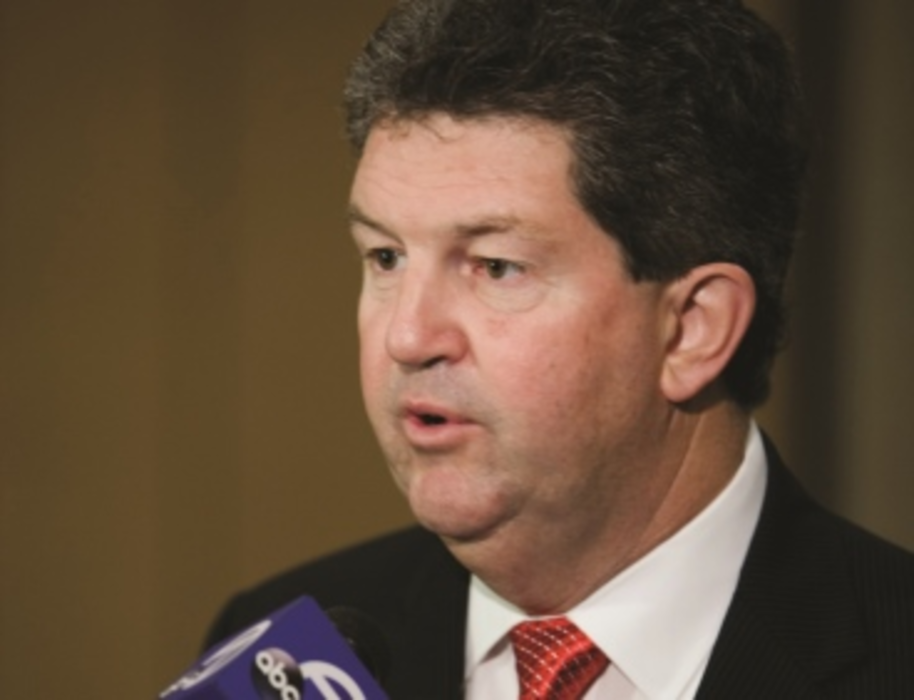The United States Postal Service (USPS) recorded a loss of $740 million in this year’s third quarter versus a loss of $5.2 billion this time last year, but top agency officials told a news conference today that it is still in need of substantial legislative reform to survive.
Though losses for the first nine months amounted to $3.9 billion, CFO Joe Corbett indicated that an earlier forecast of a $6 billion loss for the year was still a possibility. “Without comprehensive reform legislation, we will continue to experience large losses,” Corbett said. “We are operating with low levels of cash, and that will worsen in the fourth quarter when we will make a $1.4 billion payment for workmen’s compensation. At that point we will have only five days of cash on hand.”
“Five days of cash in October,” added Postmaster General Patrick Donahoe, “is as much of a crisis as we’ve been in.”
Donahoe hailed growth in package and standard mail revenues during the quarter, but continued to bang the drum for reform. “I’m pleased with the progress we’ve seen, but we’ve got to get the legislation finished,” he said.
On one score, at least, Donahoe’s idea of reform does not jibe with that of direct mailers. Senators Tom Carper (D-DE) and Tom Coburn (R-OK), included a provision in their new bill that would remove the Consumer Price Index rate cap and give control over rates back to the USPS. This raises the specter of an exigent rate increase that could severely hamper the activities of business mailers.
Donahoe says the USPS needs rate-setting power in order to react to marketplace conditions. “We’ve been on the record saying that setting prices and the timing of those prices should be done by the [postal] board of governors,” Donahoe said. “We think that it would be very effective to act as an after-the-fact review, like a public utility. Speed is the name of the game in this business world and that’s what we need.”
Corbett noted improved operating numbers for the quarter owed much to an improvement in interest rates that reduced expenses by $918 million compared to last year. He also pointed out that a $7.8 billion decrease in losses for the nine months ending June 30 could be explained by USPS making only one $5.6 billion healthcare fund prepayment this year versus two in 2012.
Still, both Corbett and Donahoe expressed optimism that new revenue streams and cost-cutting measures were moving forward in the face of a steady decline in First-Class Mail. Revenue from the USPS’ largest and most profitable mail segment declined by 1% on a 3.4% volume dip, but shipping and package revenue increased 8.8% on a 7.1% volume increase and standard mail receipts were up 3%.
Cost reductions in the quarter came from the consolidation of 104 processing facilities reduced operating hours at 7,397 post offices, and more than 1,000 postal routes consolidated or reduced.
“We expect some stability, contingent on a healthy economy,” Corbett said. “Assuming GDP will grow, the investment in capital goods will grow and employment levels will improve. The package business is tied to that and e-commerce. But the decline in First-Class will continue and that’s three times greater than any other decrease.”
As for reform, Donahoe and Corbett may still be waiting for legislative salvation as the year comes to a close. Senate and House members are expected to hammer out differences in their proposals before either bill is brought to a vote. With healthcare bills expected to dominate fall sessions of Congress, postal issues are likely to be back-burnered until 2014.








